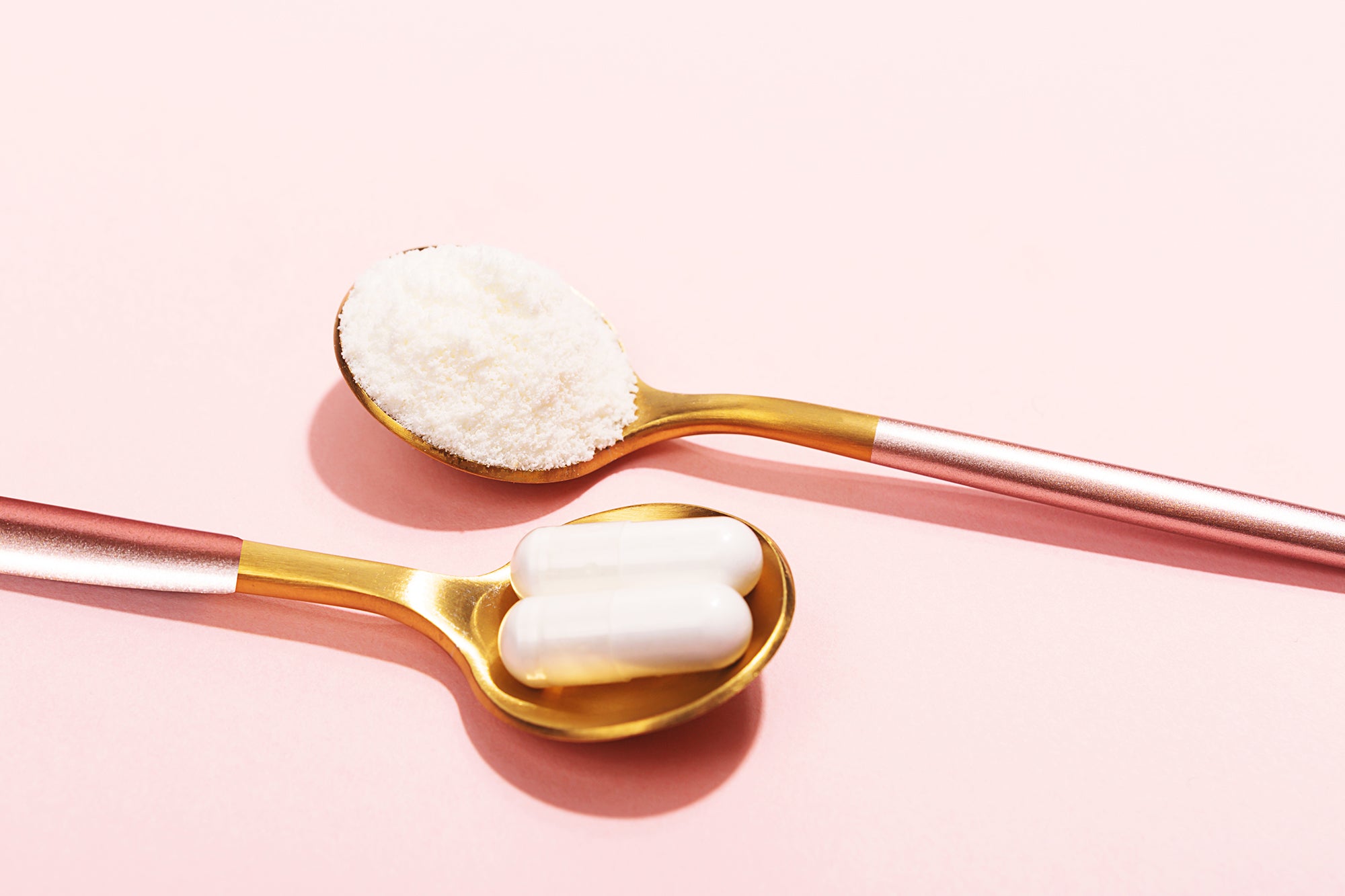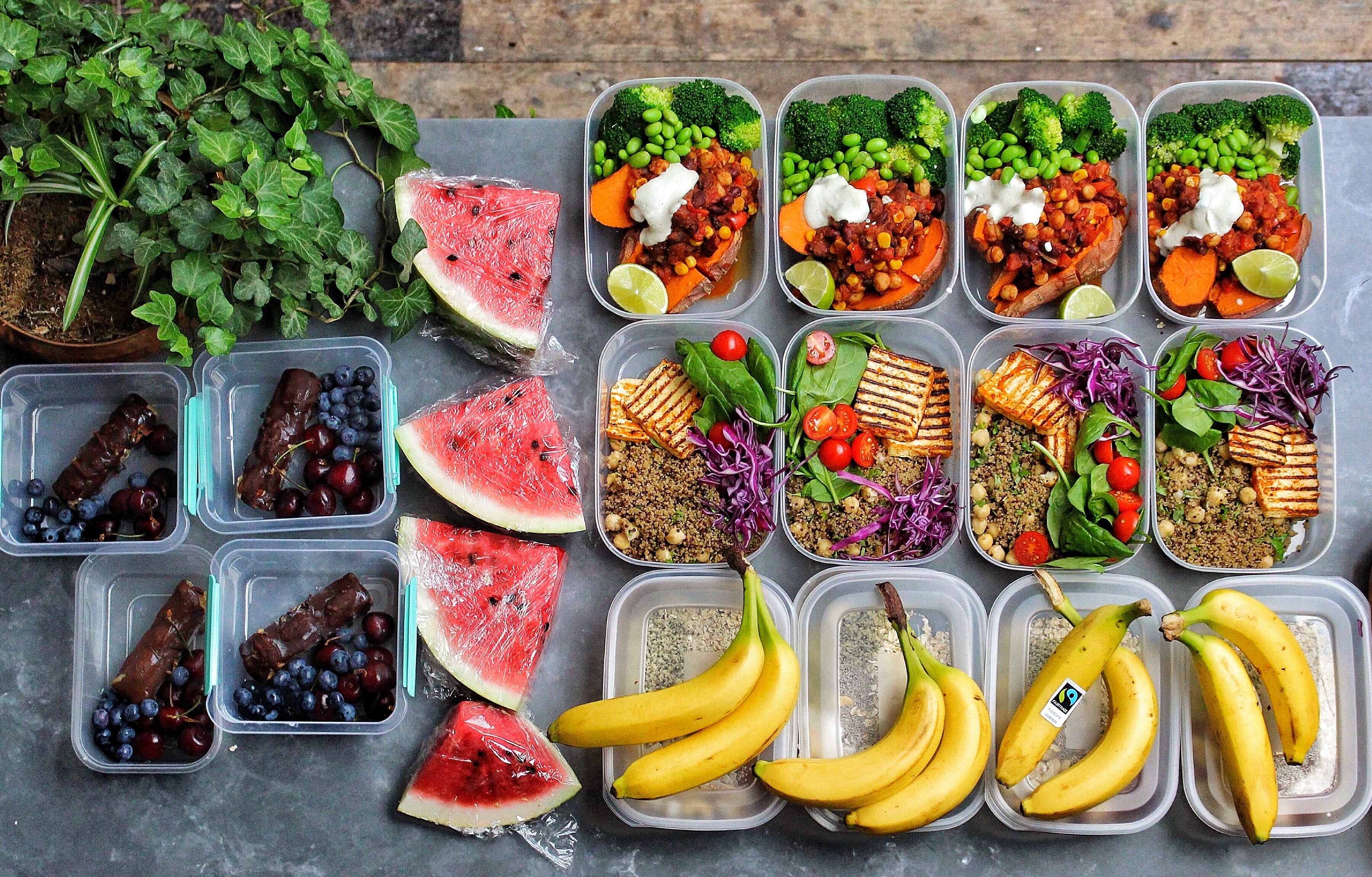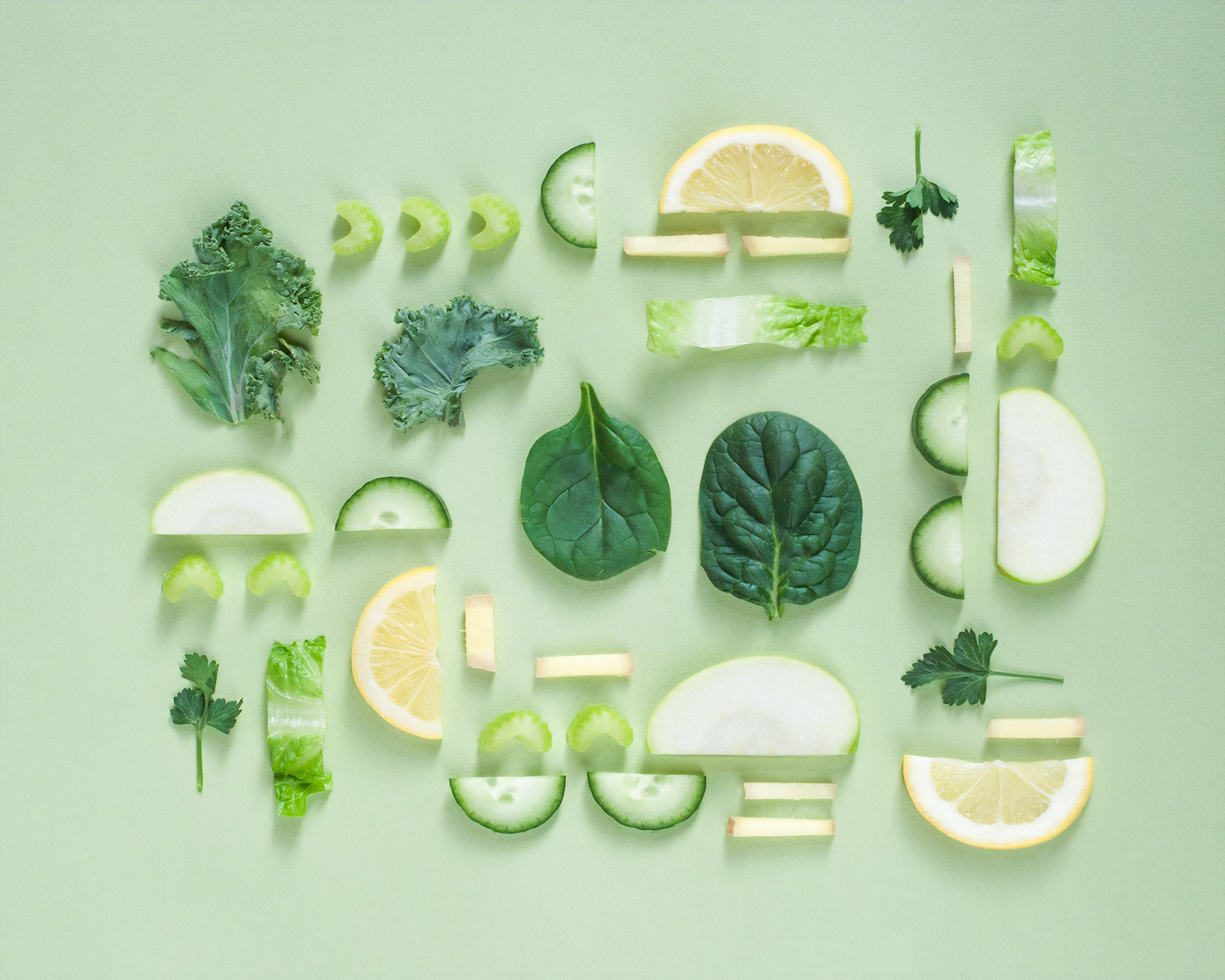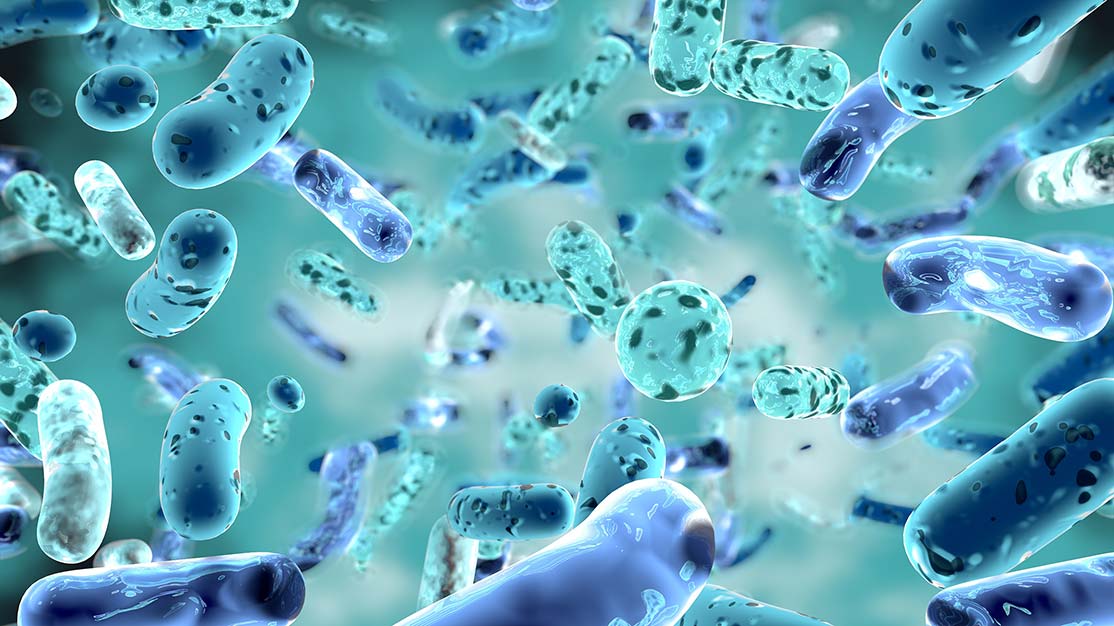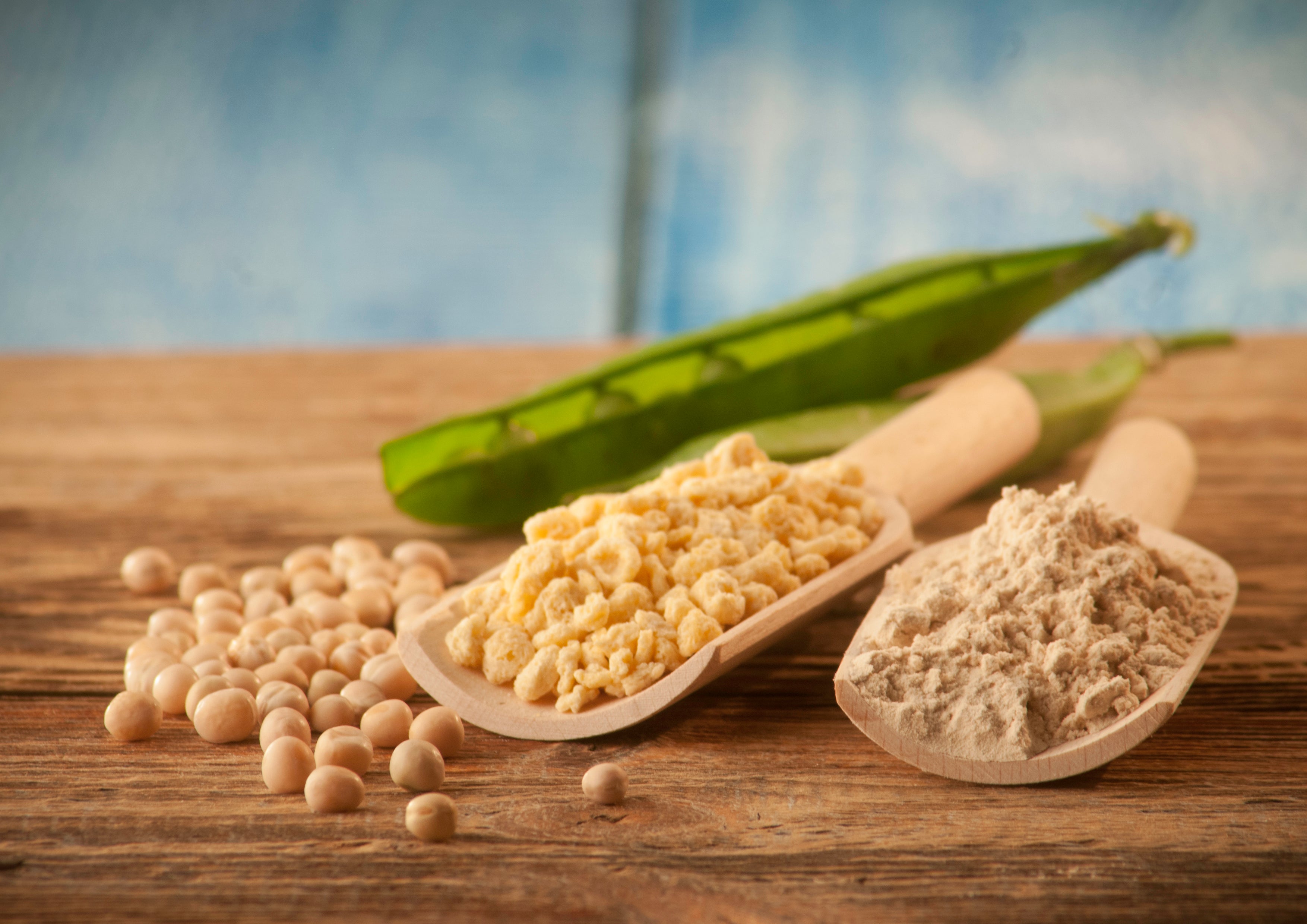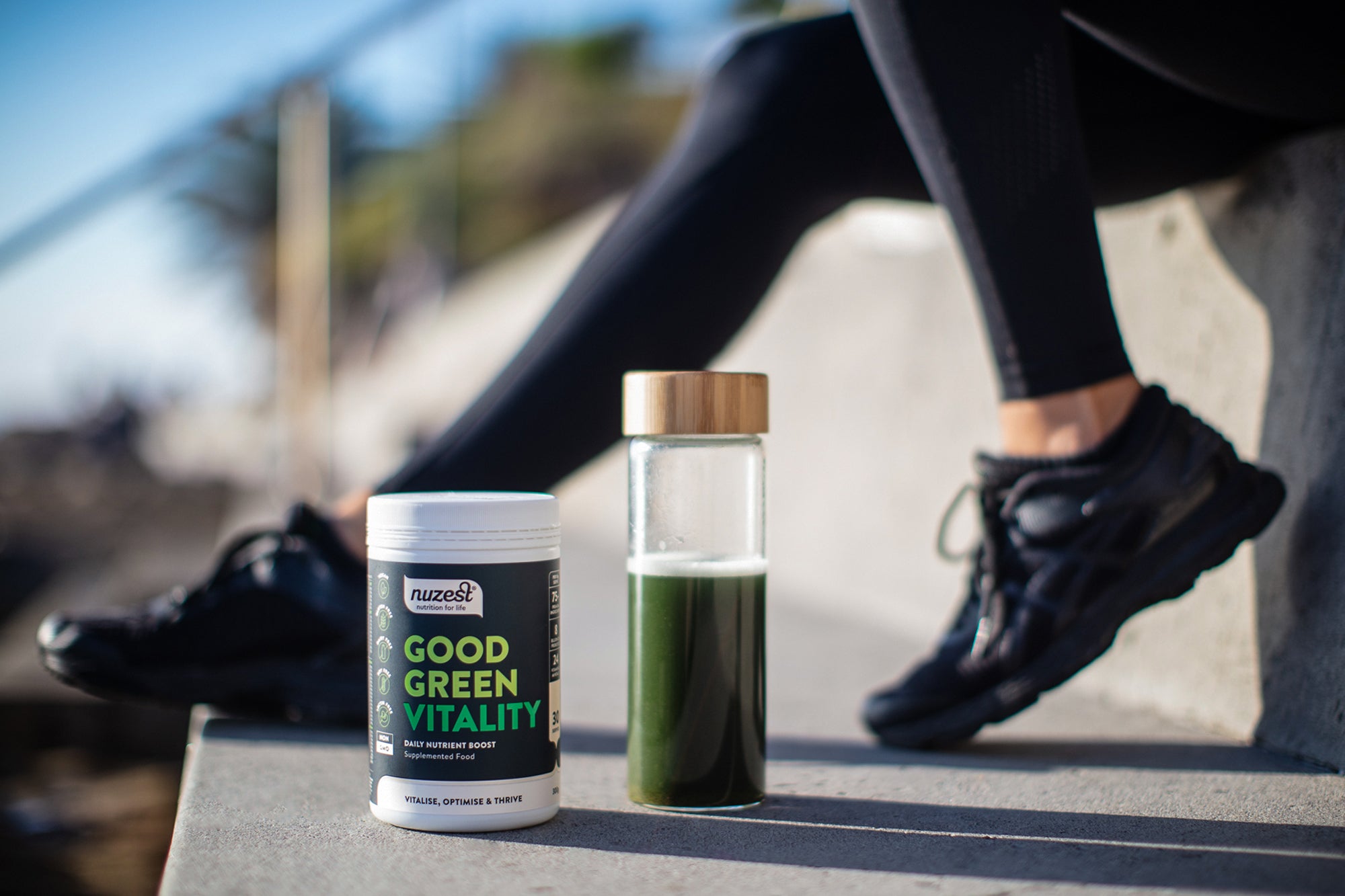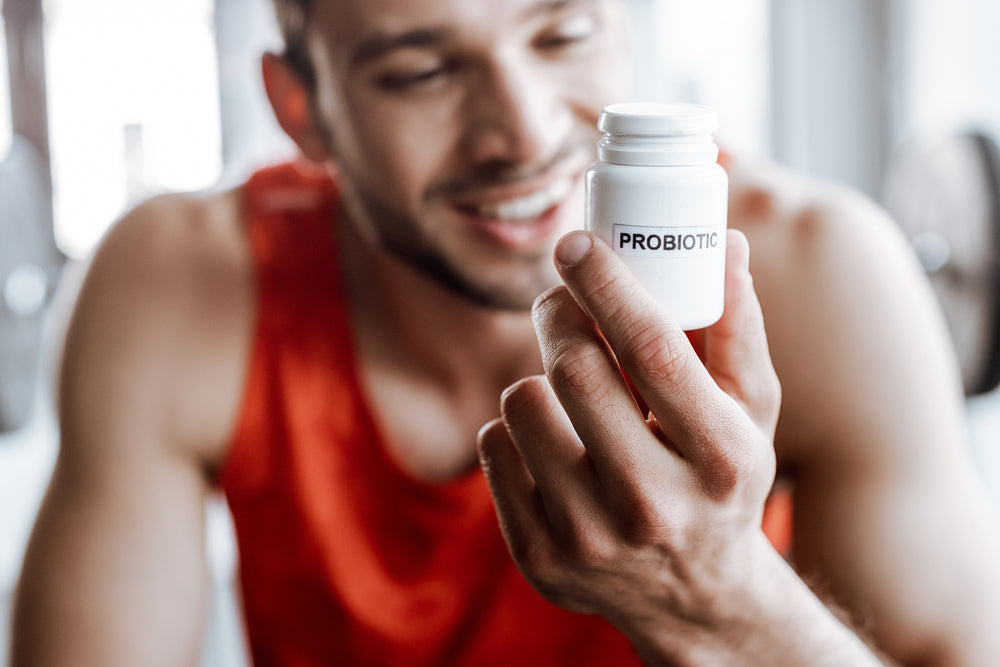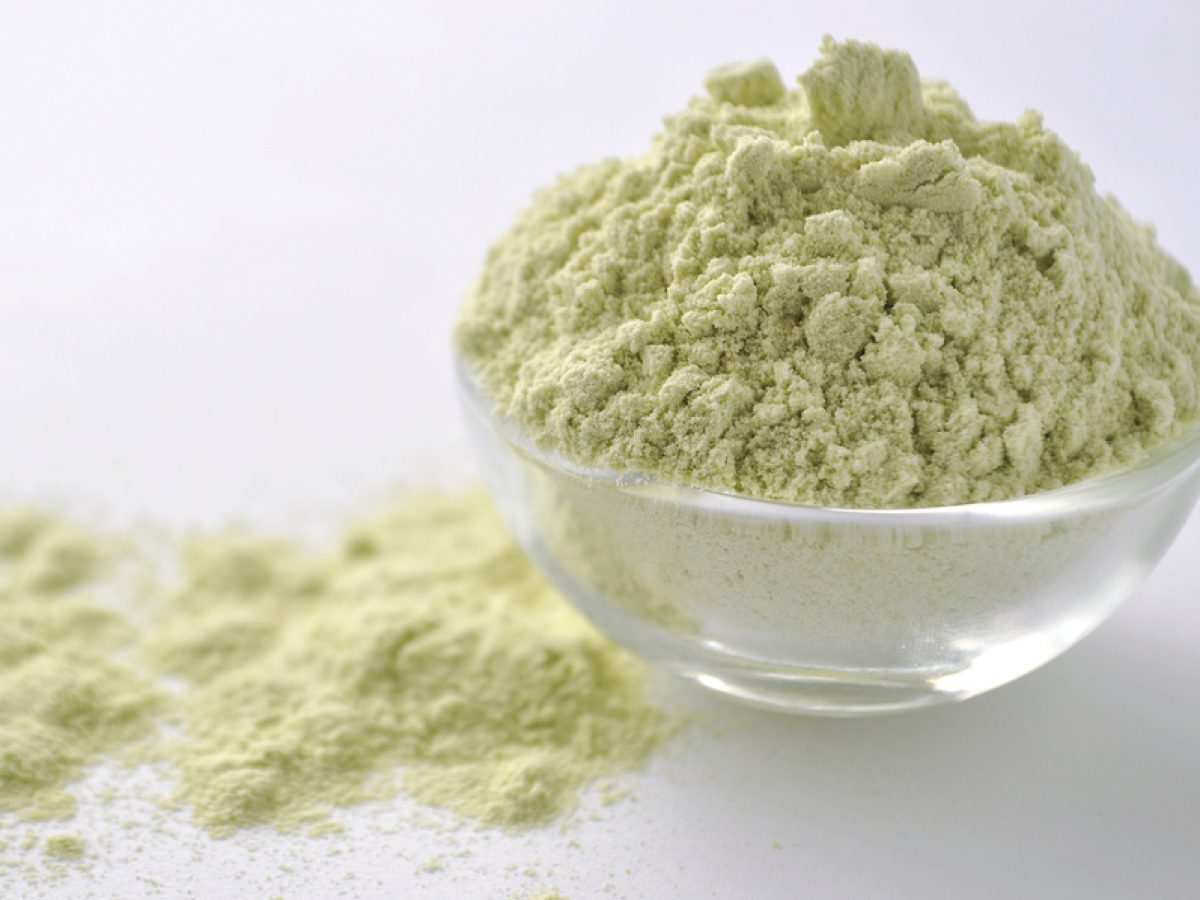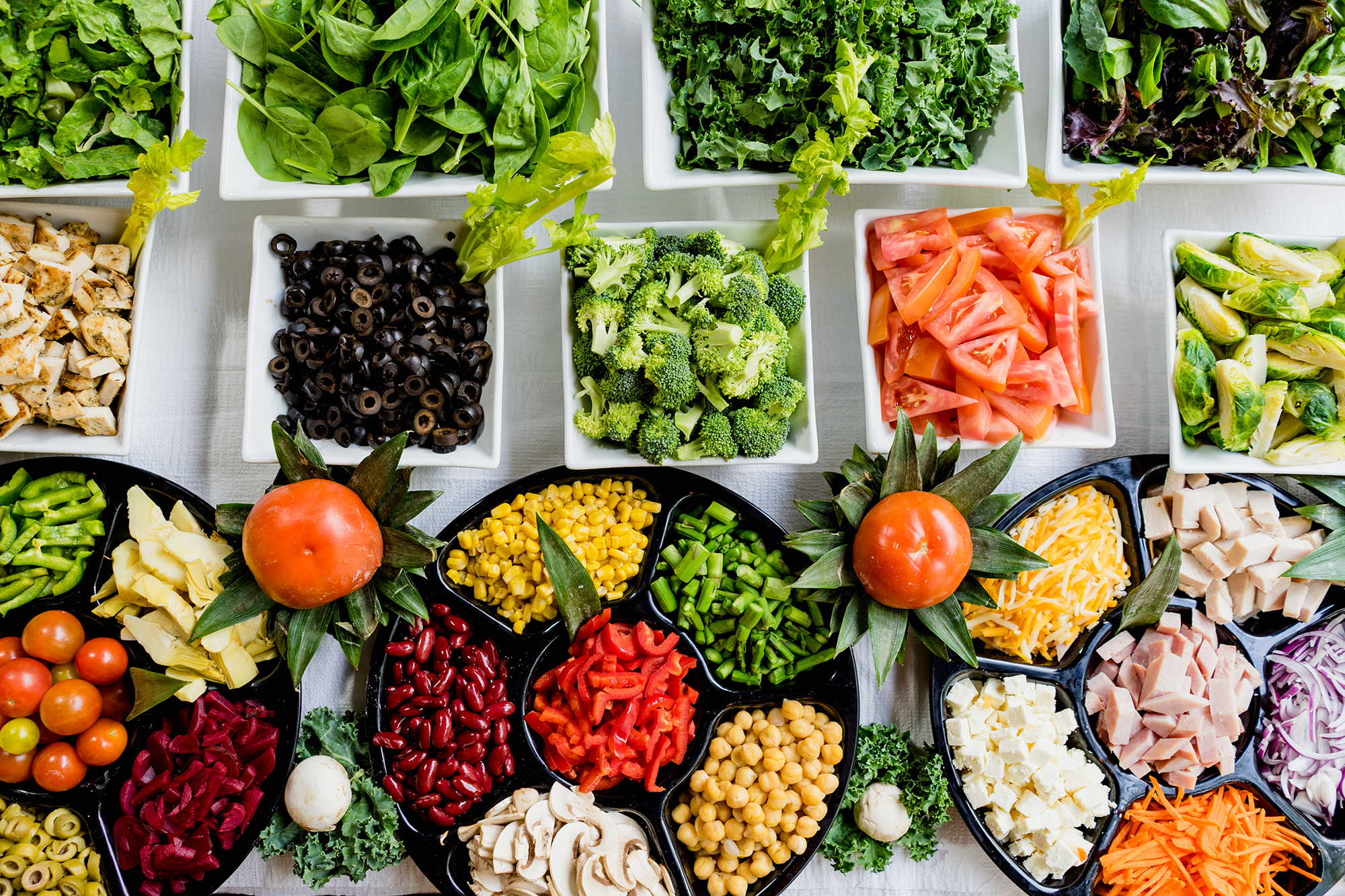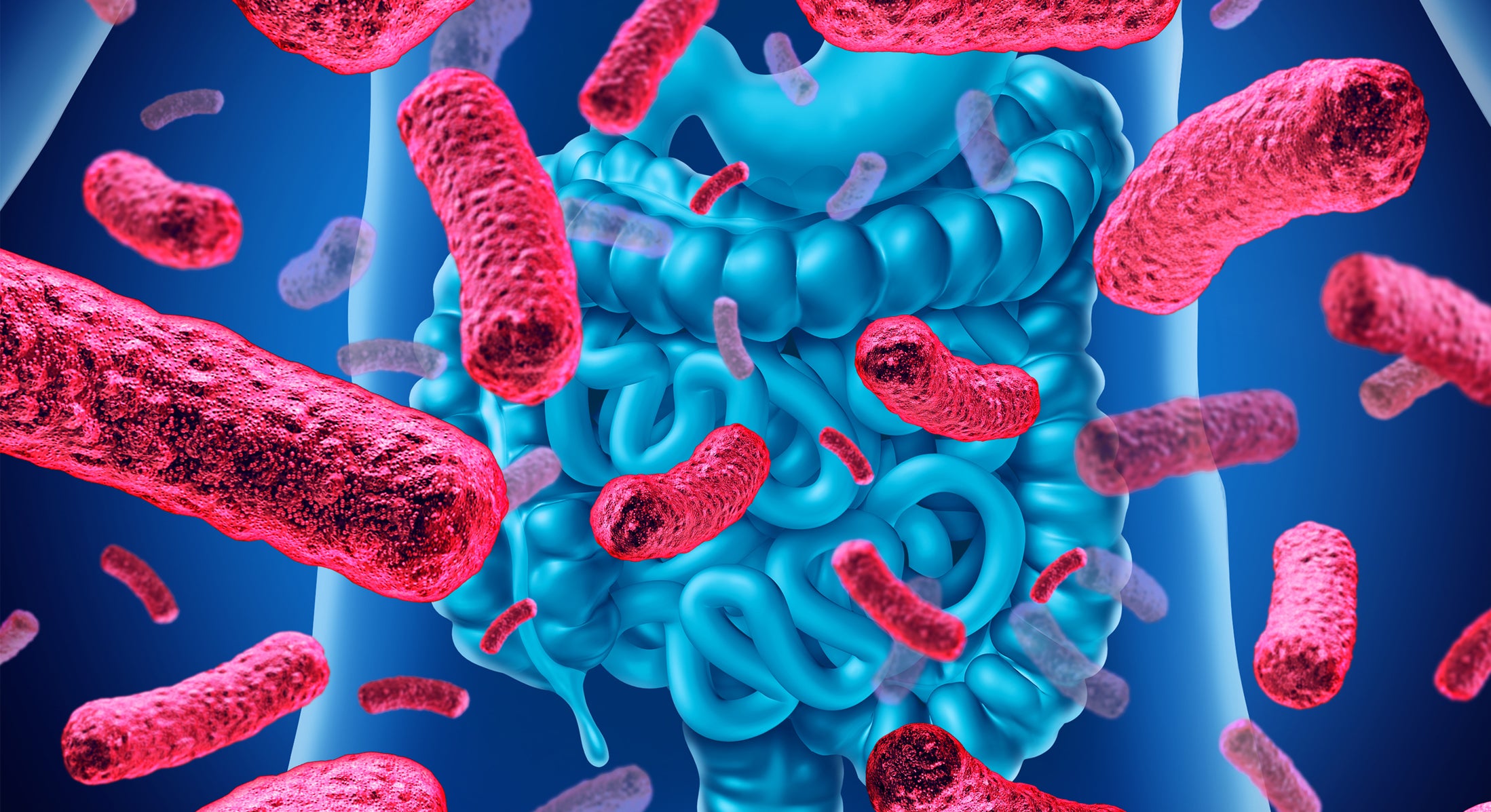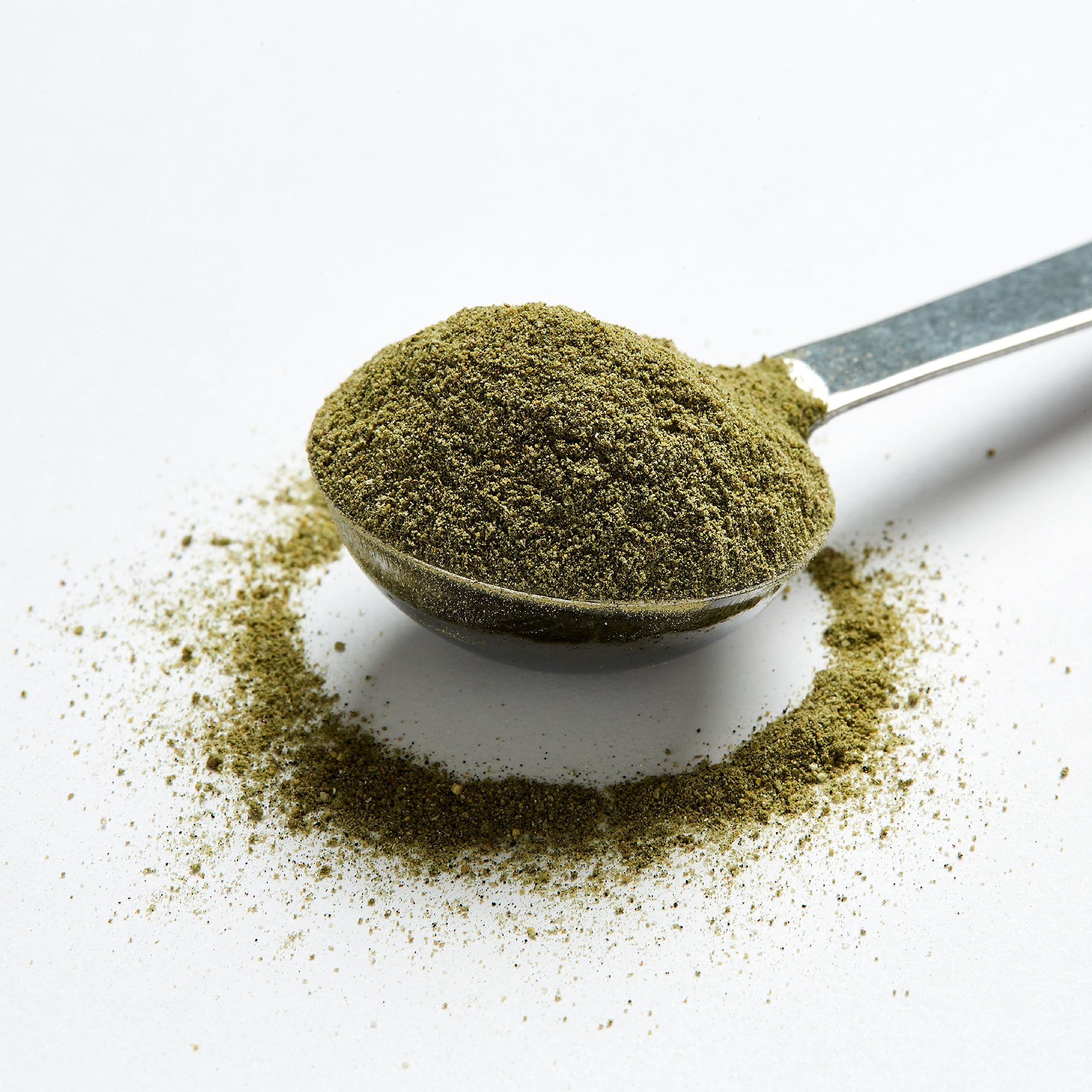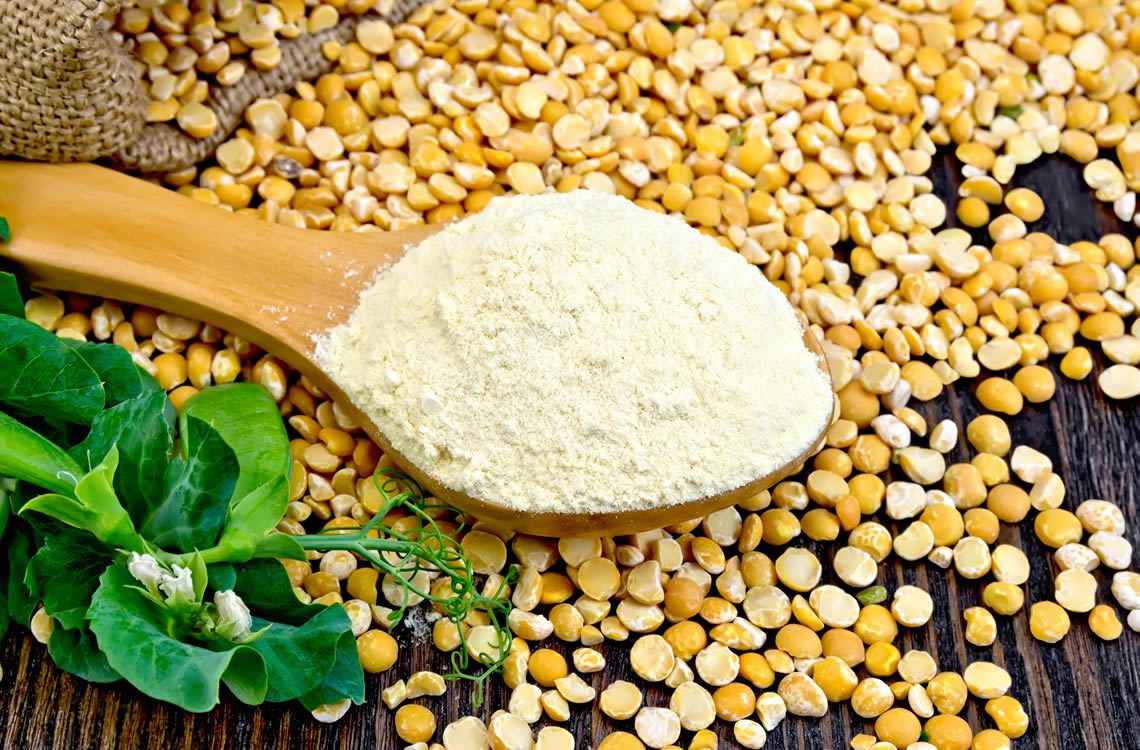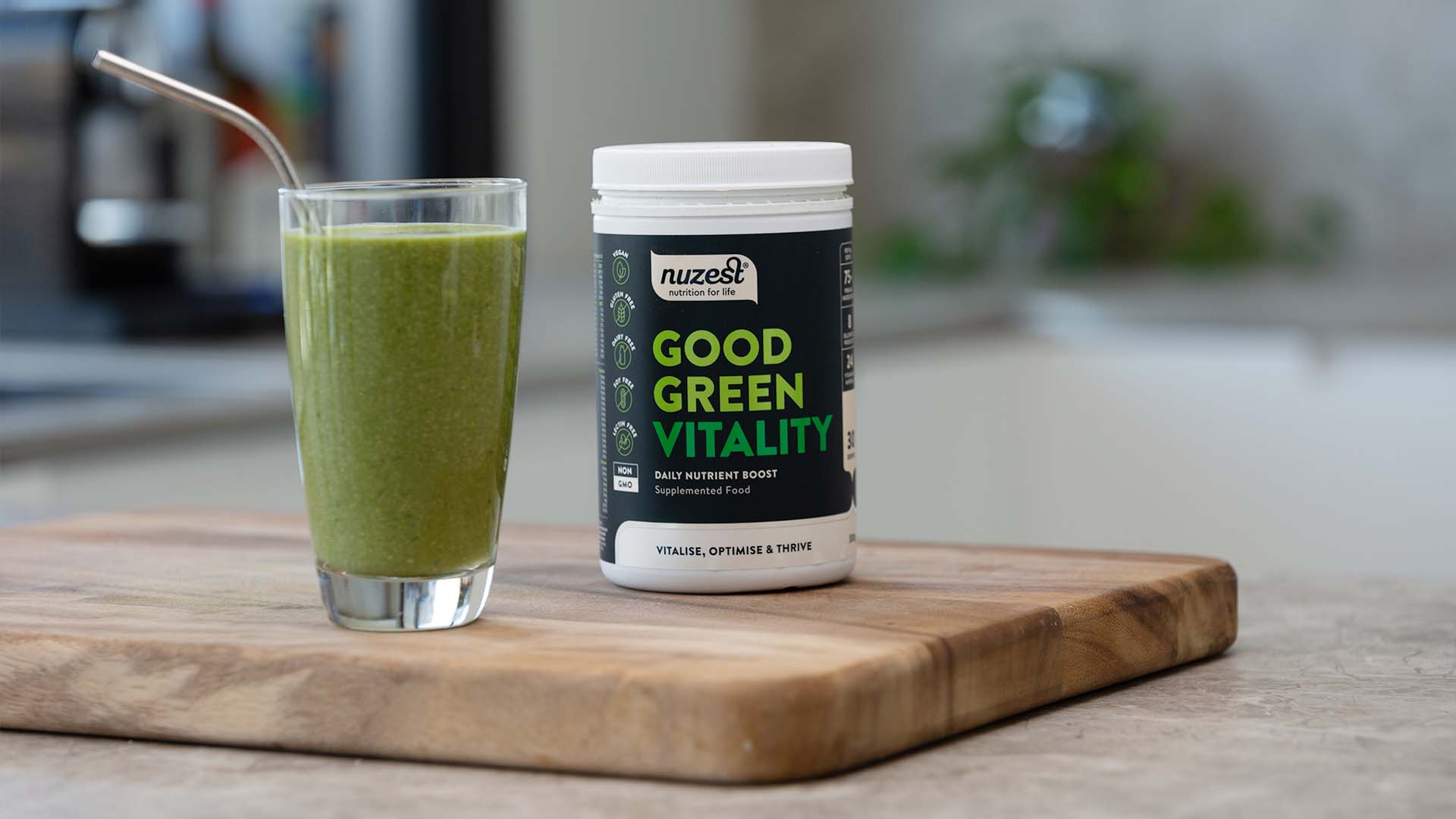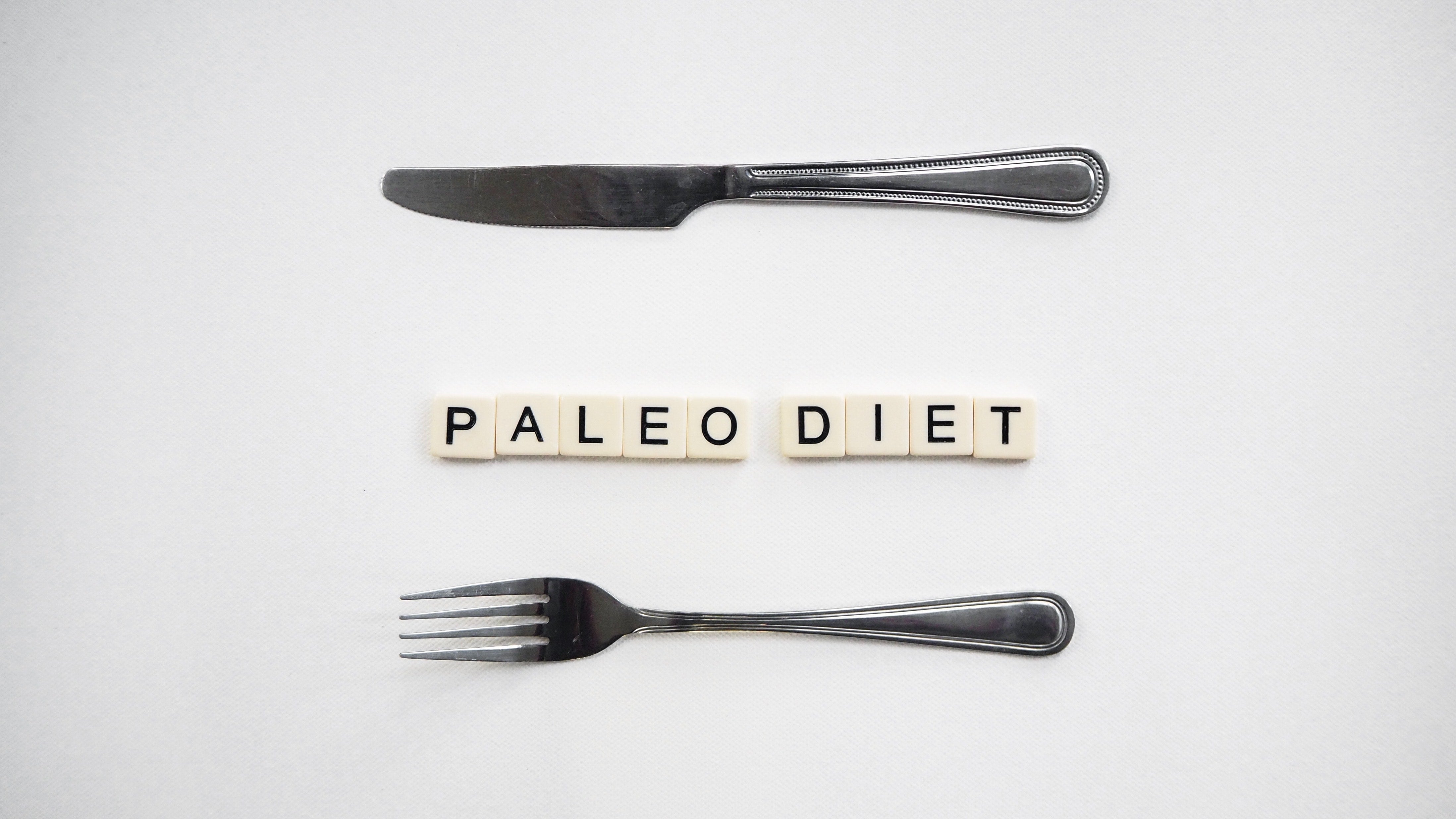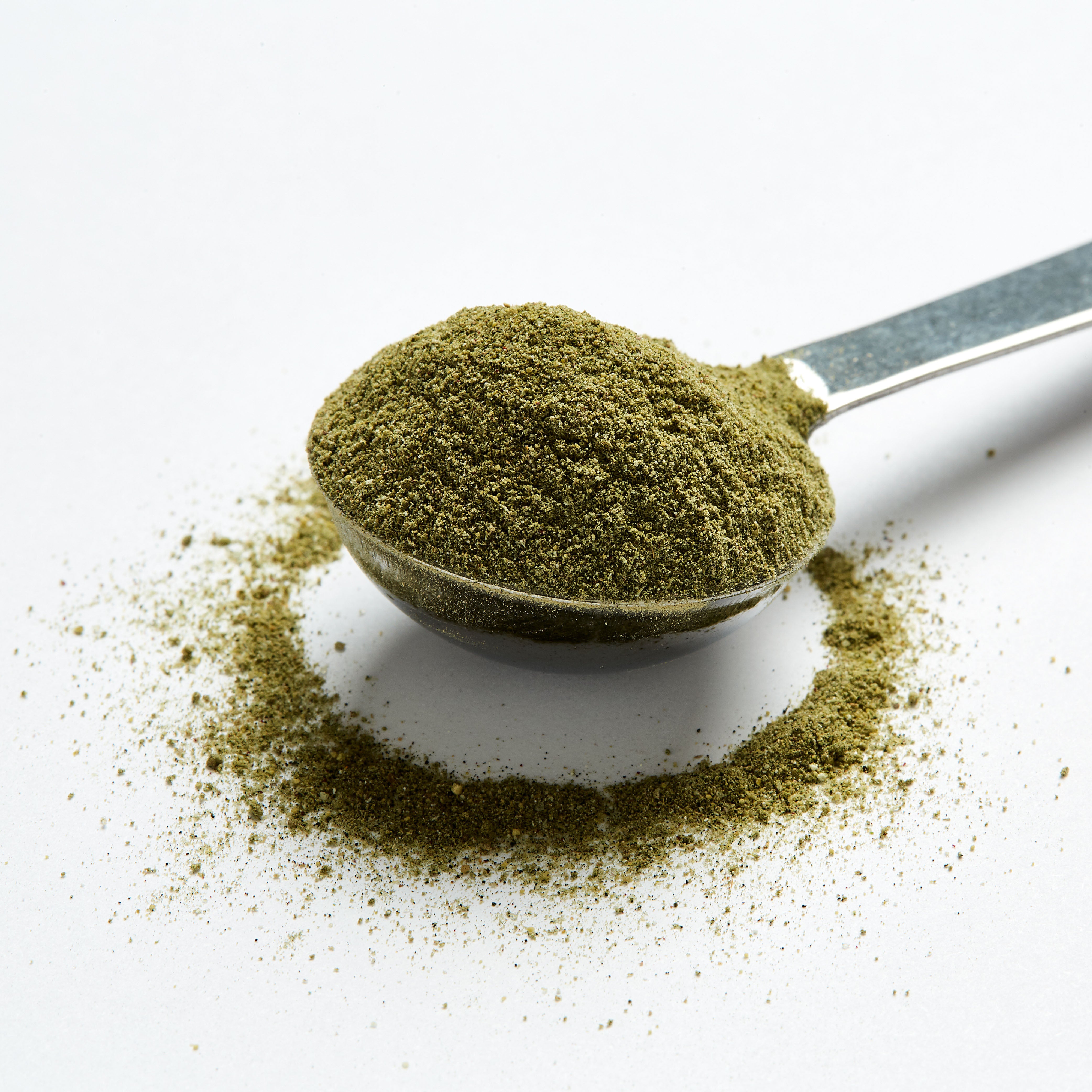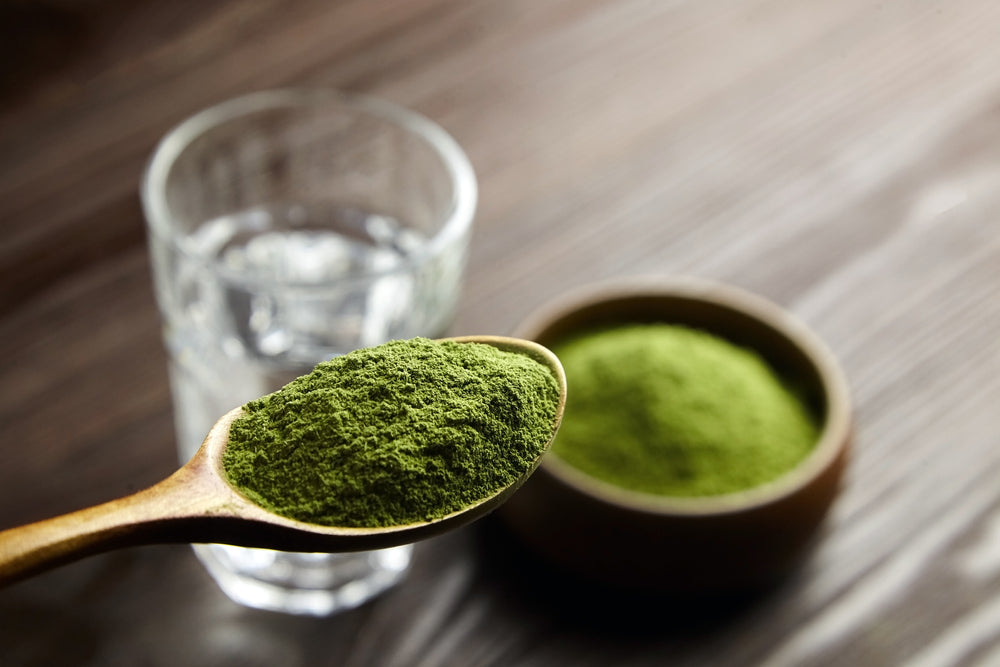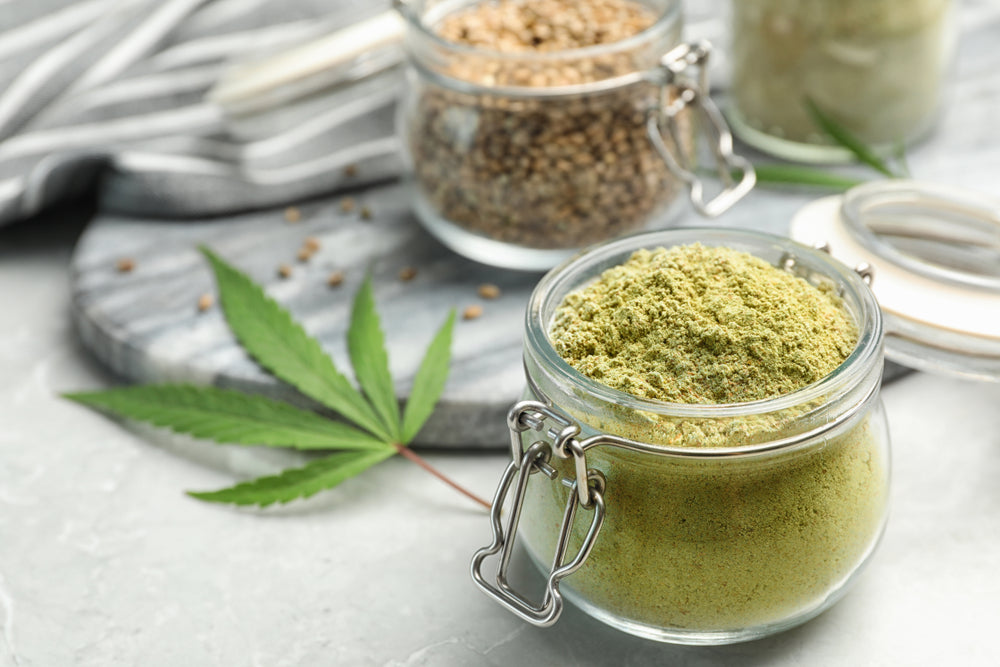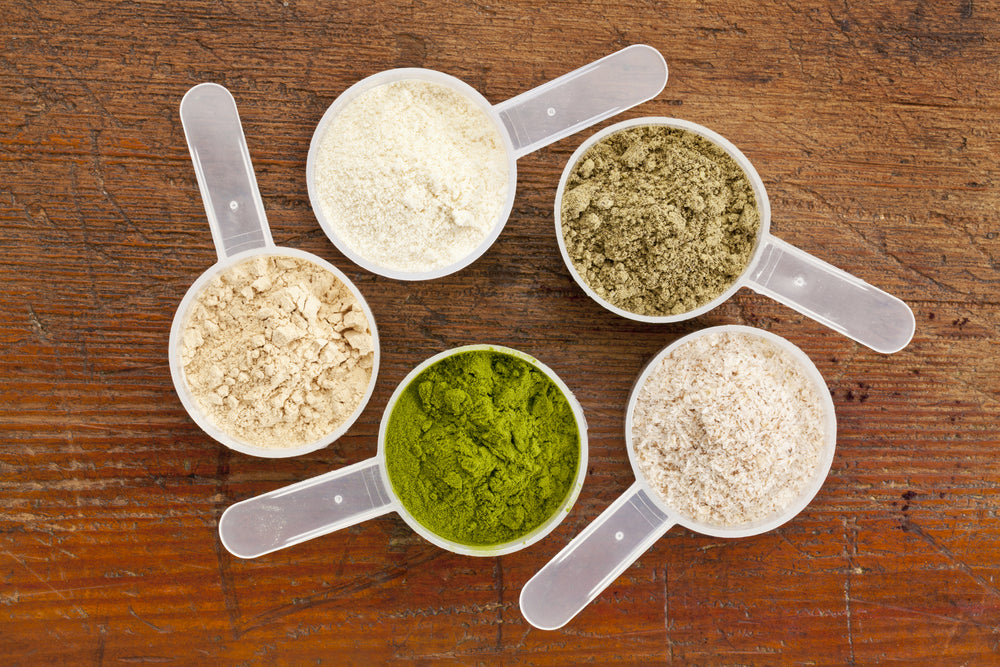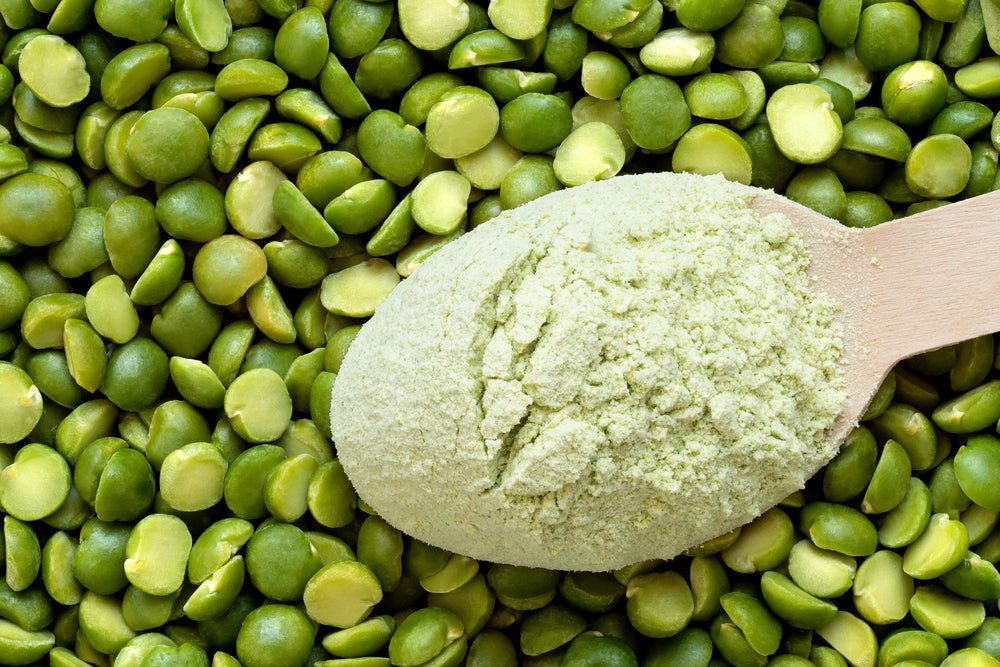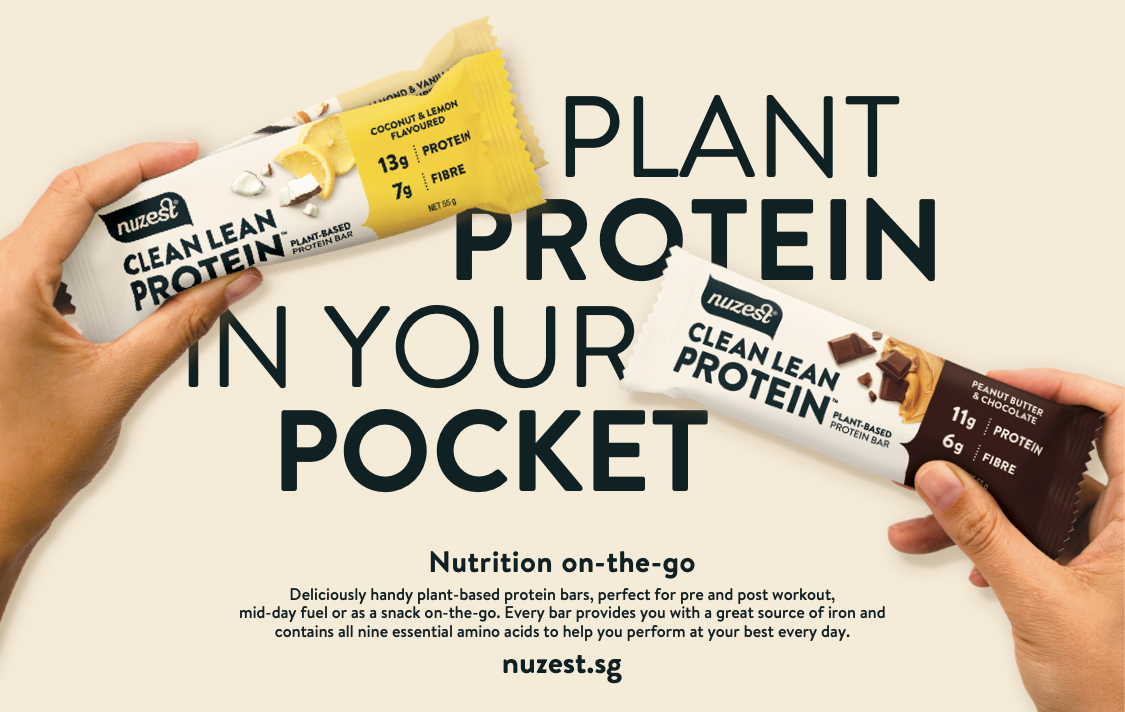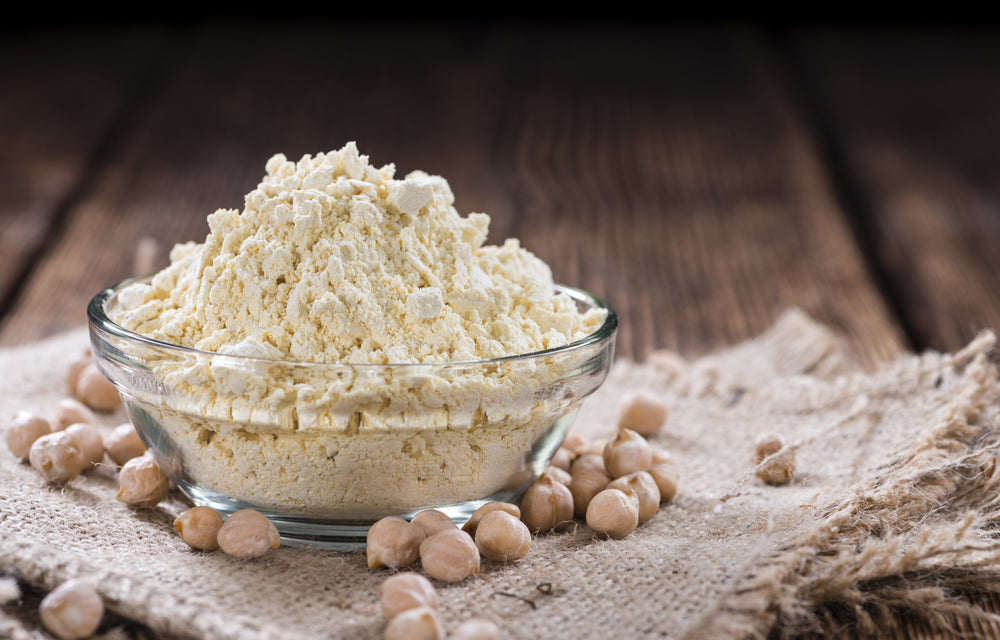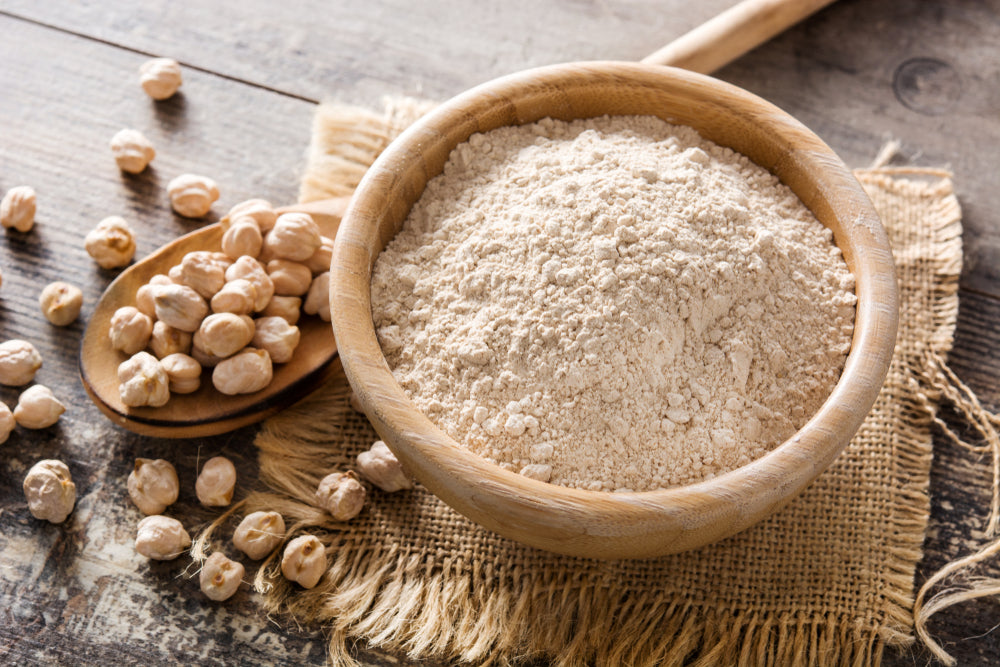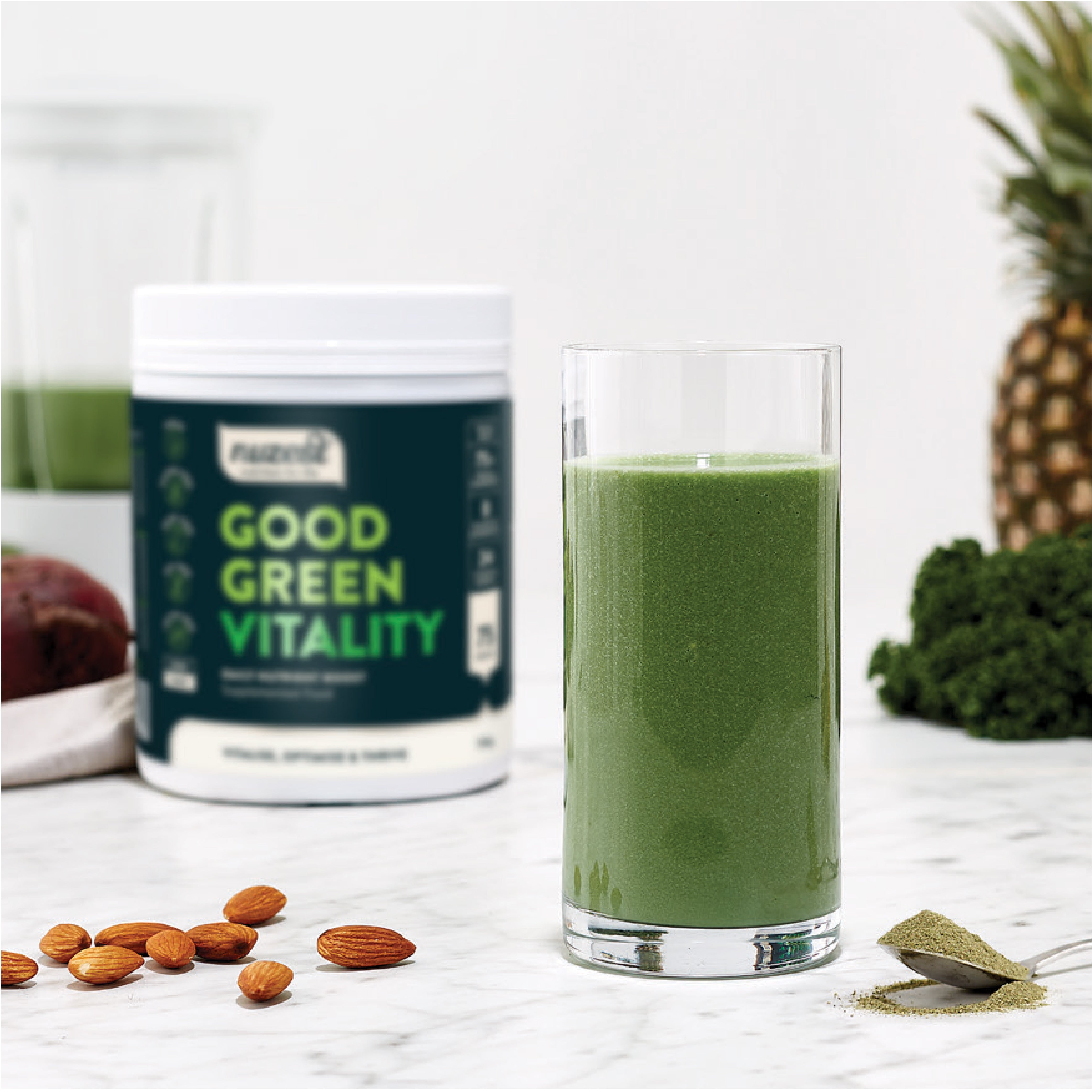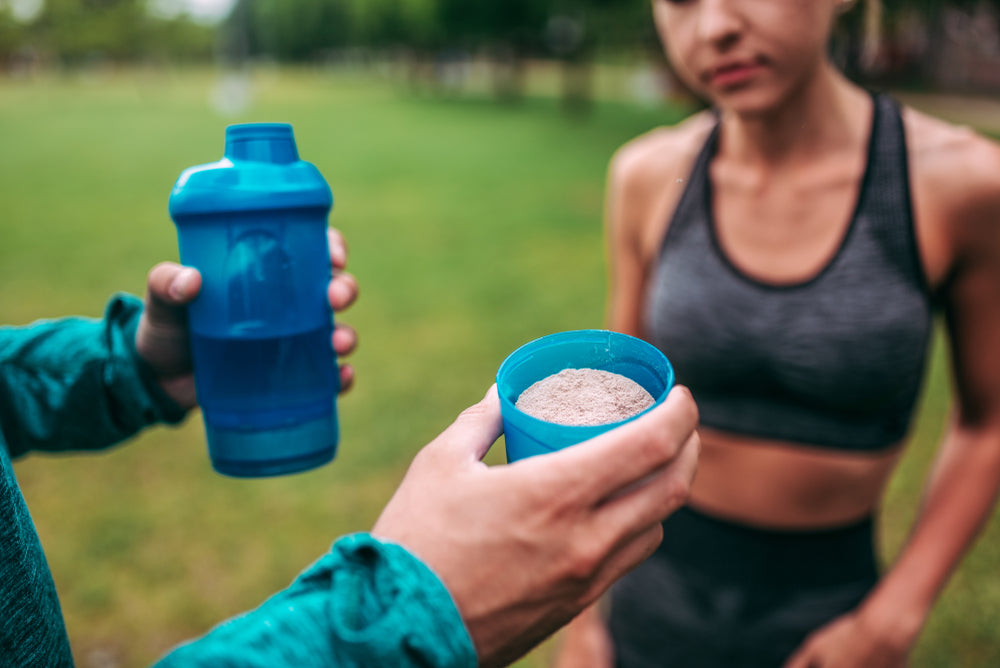
Now that the Christmas parties, the family events and bubbly festive catch-ups are behind us, enter: the dreaded post-holiday blues. Read on to find out about just what happens when we are depleted, and how to re-energise and get our vitality back!
Key Highlights:
- When mental and/or physical exhaustion sets in, it is crucial to pay particular attention to supporting the body’s central nervous system, immune system, and digestive system.
- It is important to focus on creating healthy habits for life such as consuming a nutrient-dense diet, aiming for quality sleep, regular exercise and tobacco avoidance.
- Nuzest’s Good Green Vitality is not your average multi, each ingredient is carefully chosen to support all 11 body systems to enhance our overall health and vitality.
- Specific nutrients found in Good Green Vitality can support the 3 key body systems requiring particular attention in times of stress.
3 Key Body Systems We Need to Support Right Now
For many, returning to work after such a busy Christmas break can bring about general feelings of malaise, meeting with deflation and often fatigue. In fact, according to a 2015 study from the National Alliance on Mental Illness, 64 per cent of people say they are affected by the holiday blues.1
January has become the month of year when the physical exhaustion that comes with the December dash-around, dinners and desserts is replaced by the mental exhaustion associated with not only the Christmas letdown but also, feelings of guilt that creep in around the perception of overindulging or failed new years’ resolutions.2
Did you know that supporting all body systems is paramount when it comes to maintaining a state of optimal health and vitality?3 As nutrient deficiencies related to stress and exhaustion start to negatively impact our lives, the following systems need particular attention and extra nutritional support:4
- Central nervous system: for cognition, stress adaptation, and sleep support
- Immune system: for fighting disease and restoring overall immunity overall immunity
- Digestive system: for gut health, which houses 70-80% of our immune system5
Without each of your systems working as best as they can, it is near impossible for you to get the best of you every day. Read on to find out which key ingredients help to support these body systems and where to find them.
Building Healthy Habits to Last a Lifetime
While most of us are aware of the cornerstones of a healthy lifestyle; a nutrient-dense diet, quality sleep, regular exercise and tobacco avoidance6, it comes as no surprise that these practices often fall by the wayside during the silly season.
The irony? It is during these times, of physical and emotional stress, that our bodies actually require even more nutrients than usual to keep us in a state of health and equilibrium.7
The solution? Let’s direct the focus away from the new year’s resolutions which are often short-lived (let’s be honest here) and bring our attention to creating healthy habits which not only nourish our body and mind, but are sustainable for life!
Correcting Dietary Deficiencies in Times of Stress
One would assume there must be a way to provide our physical and psycho-emotional health with the extra support it needs, right? The question is, just how do we do this? How do we correct dietary deficiencies to enhance our quality of health, in 2023 and beyond?
The good news is that increasing the consumption of vegetables is a global public health priority, with studies released on dietary behaviour change and food choice worldwide.8 -10 While nutritionists value the importance of meeting dietary requirements through nutrient-dense whole foods, we also like to be realistic, and we know meeting 100% of our nutrient requirements through diet alone every single day can be tricky.
The even better news is that supporting your body with a convenient, high-quality greens powder can be the ultimate nutritional back-up if taken daily, supporting optimal overall health and performance and providing the body with what it needs to thrive.
Not All Greens Powders Are Created Equal
Our favourite greens powder, Good Green Vitality, is more than just a daily multi; it is a high-efficacy blend of over 75 ingredients, producing a powerful synergistic effect of nutritional benefits to the body. Each ingredient is specifically chosen for the benefits it provides to all 11 body systems, boosting overall vitality, supporting immunity, and enhanced daily functioning.
So, let’s look at the science behind our popular greens powder, and just how it helps us meet the nutritional demands of our bodies while ensuring convenience, ease, and efficiency in a simple daily dose.
Supporting Key Body Systems to Bounce Back and Thrive in 2023
The body systems most heavily impacted by nutrient depletion because of stress and exhaustion can be supported by Good Green Vitality through use of many different vitamins, minerals and extracts.
Below you will find a list of nutrients found in Good Green Vitality to support these 3 key body systems:
- Central nervous system: B vitamins, Magnesium, Spirulina, Copper, Green tea, Gotu kola, Rhodiola, Ashwagandha, Coenzyme Q10 and more.
- Immune system: Vitamin A, Zinc, Vitamin D3, Cacao bean polyphenols, Goji berry, Shiitake mushroom, Broccoli sprout, Vitamin C, Selenium, Zinc and more.
- Digestive system: Psyllium husk, Flaxseed, Apple pectin, Barley grass, Wheatgrass, Slippery elm, Probiotics, Beta-glucans, Globe artichoke, Ginger, Papaya and more!
So, why not kickstart your new year with Good Green Vitality by Nuzest? Delicious on its own in a tall glass of water or mixed into your favourite smoothie, Good Green Vitality will bring back balance in your life and that spring in your step!
We are excited to support you in your journey to better health in 2023. Happy New Year!
Good Green Vitality
75 ingredients working together to support everything from digestion, immunity, and healthy ageing, to stress, energy, and cognition in one daily serve.

References:
- Mental health and the holiday blues [Internet]. Nami.org. [cited 2022 Dec 14]. Available from: https://www.nami.org/Press-Media/Press-Releases/2014/Mental-health-and-the-holiday-blues
- Oscarsson M, Carlbring P, Andersson G, Rozental A. A large-scale experiment on New Year's resolutions: Approach-oriented goals are more successful than avoidance-oriented goals. PLoS One. 2020;15(12):e0234097. Published 2020 Dec 9. doi:10.1371/journal.pone.0234097
- Langevin H. M. (2022). Making Connections to Improve Health Outcomes. Global advances in health and medicine, 11, 2164957X221079792. https://doi.org/10.1177/2164957X221079792
- Jen, M., & Yan, A. C. (2010). Syndromes associated with nutritional deficiency and excess. Clinics in dermatology, 28(6), 669–685. https://doi.org/10.1016/j.clindermatol.2010.03.029
- Wiertsema, S. P., van Bergenhenegouwen, J., Garssen, J., & Knippels, L. M. J. (2021). The Interplay between the Gut Microbiome and the Immune System in the Context of Infectious Diseases throughout Life and the Role of Nutrition in Optimizing Treatment Strategies. Nutrients, 13(3), 886. https://doi.org/10.3390/nu13030886
- Rippe J. M. (2018). Lifestyle Medicine: The Health Promoting Power of Daily Habits and Practices. American journal of lifestyle medicine, 12(6), 499–512. https://doi.org/10.1177/1559827618785554
- Lopresti AL. The Effects of Psychological and Environmental Stress on Micronutrient Concentrations in the Body: A Review of the Evidence. Adv Nutr. 2020;11(1):103-112. doi:10.1093/advances/nmz082
- Ridoutt, B., Baird, D., & Hendrie, G. A. (2022). Diets with Higher Vegetable Intake and Lower Environmental Impact: Evidence from a Large Australian Population Health Survey. Nutrients, 14(7), 1517. https://doi.org/10.3390/nu14071517
- Pollard, J., Greenwood, D., Kirk, S., & Cade, J. (2002). Motivations for fruit and vegetable consumption in the UK Women's Cohort Study. Public health nutrition, 5(3), 479–486. https://doi.org/10.1079/phn2001311
- Rekhy, R., & McConchie, R. (2014). Promoting consumption of fruit and vegetables for better health. Have campaigns delivered on the goals?. Appetite, 79, 113–123. https://doi.org/10.1016/j.appet.2014.04.012






